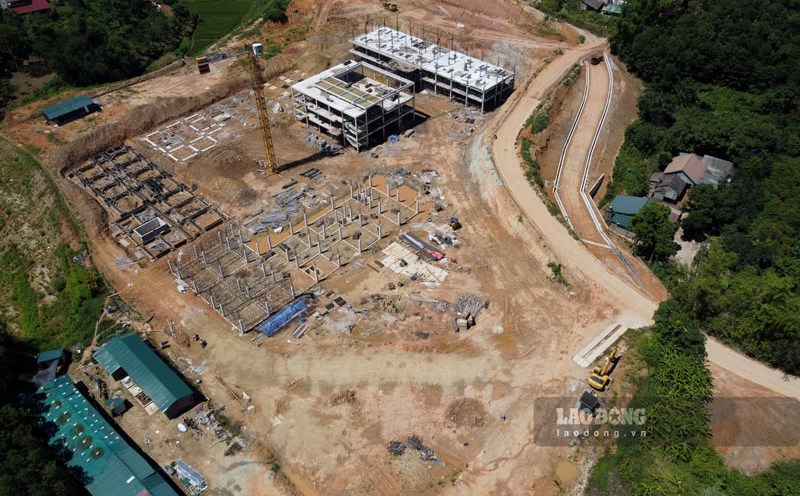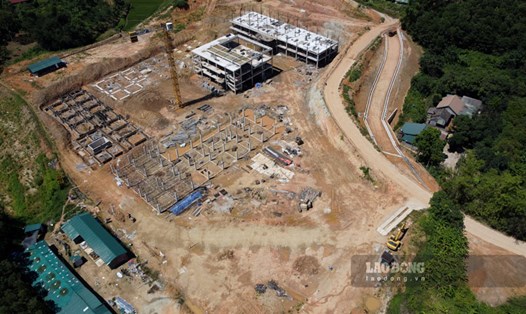According to PV's research, the total public investment capital in 2025 of Cao Bang province is more than VND 10,087 billion, of which VND 9,582 billion has been allocated to investors, reaching 95% of the plan.
By the end of October 30, the disbursed capital reached VND 3,889 billion, equivalent to 40.6% of the plan. In October alone, the province disbursed VND1,207 billion, reaching 76.5% of the monthly target. The whole province has 7/74 units completing the disbursement target, 58 units have not achieved it.
Faced with the situation of the province's sluggish disbursement for many years, Cao Bang province has started building a real-time public investment management platform.
From the idea development stage, choosing the approach, designing the data structure to the trial run at a number of key projects - the steps are implemented in accordance with the direction of the Provincial Party Committee.
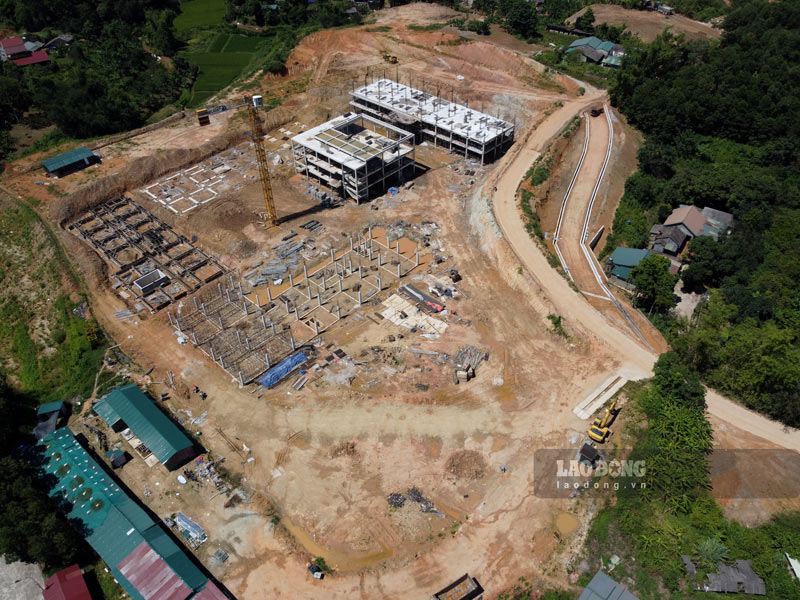
However, the progress is still slower than required; the updated data is not complete, many stages are still manual, the information exchange process still depends on documents and meetings.
"Reality shows that, despite the correct policies and high determination, when leaders do not have daily data synthesis and updates, the management is still mainly reactional" - Chairman of the Provincial People's Committee expressed his opinion.
Accordingly, some projects in the area were reported to have been "basically handed over" but in reality, there were still problems; the Treasury's records were returned many times; the construction progress did not match the scene image. The province needs a real, centralized data system, as a foundation for timely and accurate direction.
The public investment monitoring system is only valuable when it helps leaders "see once - understand immediately - handle the bottleneck correctly". Data must be standardized, updated continuously and can be compared.
Each project needs to have a original plan, weekly progress, location images, file processing logs and detailed volume reports. The status of the site must be reported to each household and plot; the Treasury file must clearly state the time of processing and the reason for return.
The system needs to receive data in two forms: automatically from units with technical infrastructure, or through table-level data files for other units.
Regardless, it is important that the data is accurate, complete and at the right time, the data will answer three questions: where the project is delayed, why the delay and who is responsible. The system must have a clear warning threshold: slow disbursement, returned documents, construction exceeding the deadline...
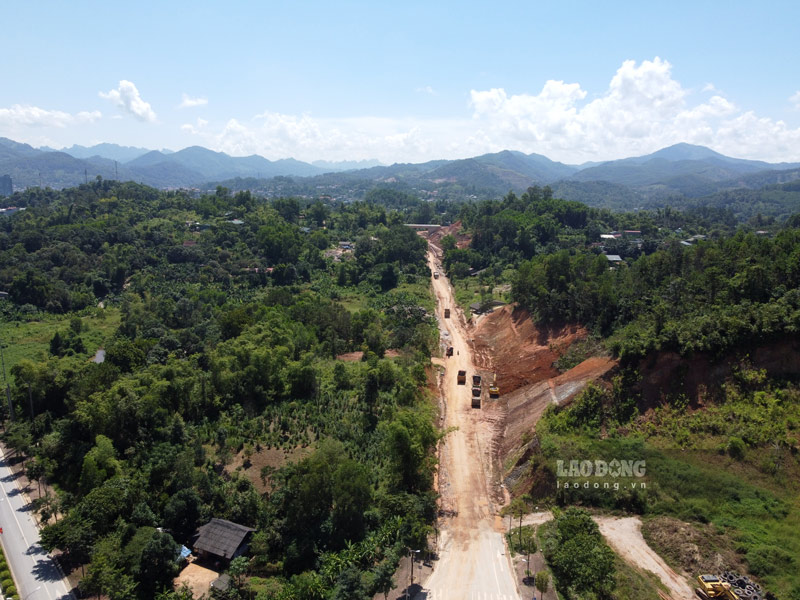

After the warning, the system automatically creates a "work assignment", clearly assigning responsibilities and completion deadlines. When the deadline is over, the data displays a "deadline" status in front of the leaders - creating progress discipline and transparency of responsibilities.
Through the "one-stop-shop", provincial leaders will monitor the entire progress, site maps, records, contractor mobilization levels and real-time warnings, instead of waiting for reports from many departments and branches.
The test results show that the biggest barrier lies not in technology, but in the fear of "exposing information". Many units are not ready to update the actual progress because they are worried about being compared or evaluated.
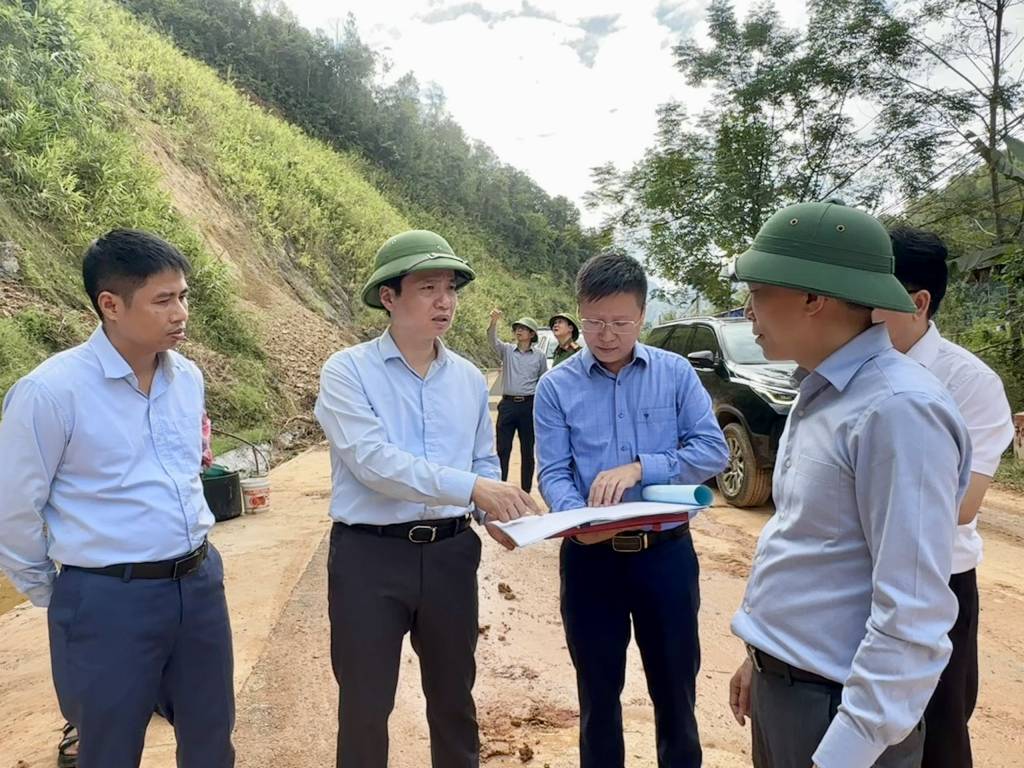
However, if the data is not honest, incomplete and at the wrong time, every system is just a form.
"Digital transformation in public investment is not about putting paper reports on computers, but is about innovating thinking - working transparently, responsibly and based on real data.
When each unit dares to update correctly, dares to take responsibility, dares to change, the system will promote real strength: smooth disbursement, quick decision-making, effective investment - for the benefit of the people and local development" - Chairman of Cao Bang Le Hai Hoa emphasized.



